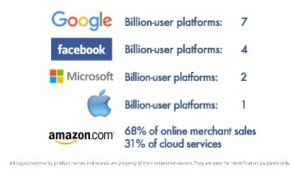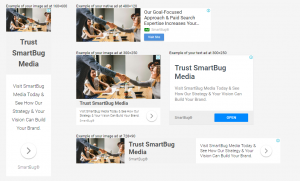 What’s the best way to get direction on designing your website? Your customers hold the key. Read on below…
What’s the best way to get direction on designing your website? Your customers hold the key. Read on below…
Did you know that when prospects visit your website, they leave cues that you can collect about their behavior on your website?
This data can help you design a better website for your customers, reduce their ease of finding what they are looking for, and earn you new business.
When you’re deciding how to design your website, put an end to the guessing game and let your customers speak for themselves. Provide ample opportunities for your visitors to give feedback, and combine that information with data from tools and analytics to find the best ways to satisfy your customers and increase your sales. Here’s how:
1. Perform Usability Testing
A usability test is when you ask real people to accomplish tasks on your website while you observe. The key here is that you’re going to want to get people in your target audience to do this, not employees of your company. Also remember that this isn’t a test of a person’s ability to use your website, it’s a test of how user friendly your website actually is.
From page layout to text readability and everything in between, the goal of a usability test is to make sure visitors can navigate the page intuitively and quickly find the information they’re looking for. For a quick, low cost option, look for services like those offered at UserTesting, where actual humans put your website through its paces and provide feedback about its strengths and weaknesses.
2. Solicit Visitor Feedback
Encourage customers to give feedback, but don’t make the mistake of burying your contact information in a small link at the bottom of a page. For the best results, include a link to a feedback form “above the fold,” near the top or side of key pages.
A page where visitors can request a quote or sales call is already priming them to communicate with you, so you should take the opportunity to ask for feedback about their site experience, too, but do it on the page that follows a form submission. To make it easy to respond, ask simple questions like, “Were you able to find everything you needed on our site?”
3. Use Google Analytics
Google Analytics is a powerful tool you can use to track and analyze visitor behavior. Simply copy and paste a bit of Google’s tracking code into your website pages, and Google Analytics creates and maintains a variety of graphs and other data visualizations to help you analyze that information.
One of the most important factors to analyze is the bounce rate on particular pages, which tells you when and how often visitors to a given page are leaving it. A high bounce rate means that people are immediately deciding that a page doesn’t hold their interest, indicating you need a better “hook.”
You should also regularly review the Behavior Flow reports and their drop off points. A behavior flow provides a visual map of how users navigate your site, and what path they’re taking as they browse from one page to another. A drop off point shows where they left that path — and perhaps the entire site — which could indicate a weakness in that page’s content.
Digital & Social Articles on Business 2 Community(103)







